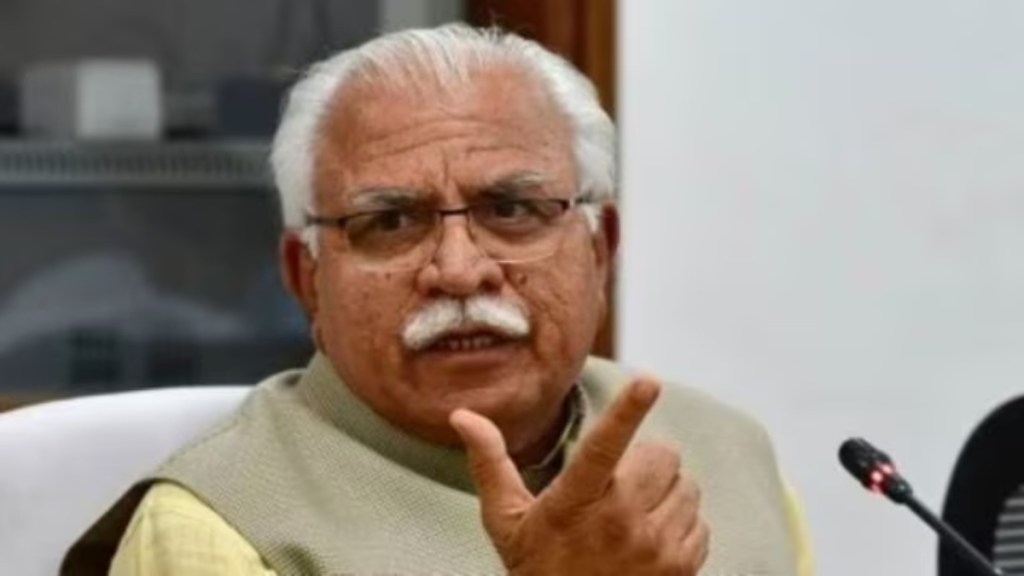The Narendra Modi 2.0 government brought in many reforms in the electricity sector with a major thrust to rapid addition of renewable capacity and enhancing the energy storage systems. Both thermal energy, and RE received policy attention, with both portfolios under then minister R K Singh.
The last fiscal saw new plans for thermal capacity addition as India chose to rely on coal-based power to meet the rising electricity demand. Even though the sector has seen improvement in the infrastructure building, going forward the industry seeks greater policy focus on the transmission, distribution, and capacity addition segments.
Considerable headway was also made in tackling the vexed issue of payment defaults in the electricity value chain, which resulted in reduction in the losses of state-run distribution entities. The state governments have showed unprecedented compliance in releasing he subsidy amounts to the discoms.
The power demand is rising faster than expected, so any failure in keeping the planned pace of capacity addition could plunge the country into a power crisis.
The new government has two separate ministers for power (Manohar Lal Khattar) and RE (Pralhad Joshi). This may also be in keeping with the objective of putting the capacity addition in all segments of the value chain on the fast track. The plan is to nearly double capacities by 2030, an uphill task.
Joshi is new to the energy sector as had served as the minister for coal and mines in the last government. Khattar too has rich experience in administration, as he served as Chief Minister of Haryana for ten years till 2024.
There is also a pressing need to address the issue of RE intermittency, and boost battery storage.
More important, the payment discipline brought about with strenuous efforts would need to be maintained, so that commercial viability across the value chan isn’t undermined again. The losses of discoms run by state governments have come down significantly over the last couple of years. While key allies of NDA like TDP promisinhg free power, it will be incumbent on the minister to ensure that the subsidies are released by the state governments on time.
“Grid infrastructure has improved and a number of new transmission projects have come out over the last 10 years, both in terms of the demand and infra required to evacuate power from renewable energy zones,” said Vikram V, Vice-President & Co-Group Head – Corporate Ratings, Icra.
He noted that a lot of RE capacity which is to come online in the coming years will require appropriate substations and transmission lines to evacuate power from states.
Bhanu Patni, Associate Director, Sector Head (Energy) at India Ratings also highlighted that even though some progress has been made on the green energy corridor in the central states, southern states still lag behind.
“Southern states are still slightly lagging in setting up these transmission lines. As part of the green energy corridor, 24 GW of RE capacity was also supposed to be integrated. The achievements in these have not been very great. But the networks are now getting established, integration should happen going ahead,” she said.
Moreover, the government will have to accelerate the smart metering under the Revamped Distribution Sector Scheme as it plans to come out with the second phase of the program.
Analysts say that the new government will now have to scale up renewable energy capacity addition despite the revival of thermal plants. Further, to support RE capacity, storage projects will require more thrust in order to address the intermittency issue and manage the grid efficiently.
Joshi will also have to ensure that the rooftop solar scheme ‘PM Surya Ghar Muft Bijliee Yojana’ runs smoothly and help meet the tall target of 500 giga watt (GW) RE capacity by 2030. Under the scheme launched by prime minister Narendra Modi towards the end of his last term, over 10 million households have registered for the aid to set up rooftop solar units.
The country had fallen short of meeting the goal with just 10 GW of rooftop capacity being installed by 2023.
Shriprakash Rai, Chief Revenue Officer -Commercial & Industrial Business, AMPIN Energy Transition said: “We expect the new government to focus more on commercial and industrial segment through open access based RE energy projects by encouraging states to adopt the green energy open access rules and interpretate it harmoniously for smooth implementation. Solar projects like third party and captive which are not subsidized by the government should be kept out of the ambit of approved list of manufacturers. According to Rai, practice of imposing charges on generation of power from open access based renewable energy project should be discouraged.


